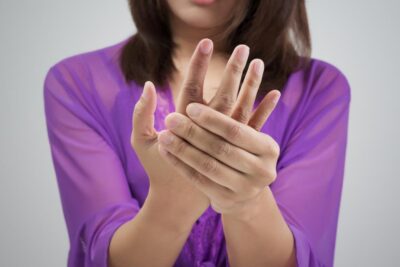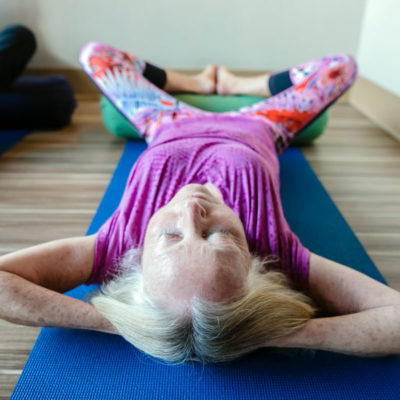 Living with knee pain can make even the simplest activities feel like a challenge, but incorporating yoga into your routine can offer significant relief. Yoga for knee pain focuses on gentle, low-impact poses that strengthen the surrounding muscles, improve flexibility, and support overall joint health. Whether your discomfort stems from an old injury, arthritis, or daily wear and tear, these beginner-friendly yoga poses can help you find comfort and stability.
Living with knee pain can make even the simplest activities feel like a challenge, but incorporating yoga into your routine can offer significant relief. Yoga for knee pain focuses on gentle, low-impact poses that strengthen the surrounding muscles, improve flexibility, and support overall joint health. Whether your discomfort stems from an old injury, arthritis, or daily wear and tear, these beginner-friendly yoga poses can help you find comfort and stability.
The Common Misconception
Many of us approach knee pain by fortifying the muscles around the knee, believing that strengthening these muscles can stabilize the joint. However, this approach misses the core issue. The real problems are arthritis, degeneration, and toxins building up in the knee due to a fear of moving in a way that induces pain. In protecting our knees, we often stop using them. And you know what happens to things we don’t use. Use it or lose it.
Enter the Avita Approach
Getting Started with a Simple Yoga Prop: The Chair
You don’t need fancy equipment to get started; a chair will suffice. Here’s a simple movement to improve knee flexion:
- Sit on the edge of the chair, allowing the outer part of your hip to rest on the edge.
- Bend your knee and move your foot back. This simple action increases the flexion of the knee.
Listening to Your Body
Assuming you have severe knee issues, even this small degree of flexion may be a challenge. If this feels too intense, add some height to your chair to further open the flexion. However, if you can manage it, aim to get your toenails onto the floor and hold this position for at least 1.5 to 3 minutes. This duration is crucial for stimulating the healing physiology in the knee.
Incorporate Other Joints
It’s important to note that if you feel restriction in your toes or ankles, that aspect must be addressed—restriction in the toes can affect the entire leg, which includes the knee. The same goes for the hip. If it’s rigid, it can create compensatory patterns at the knee joint.
Emphasizing Peace in Practice
Remember that peace is your primary goal as you engage in this practice. Although you may experience discomfort, moving slowly and thoughtfully transforms initial pain into a healing sensation. After a moment, this sensation can sometimes disappear altogether. Instead of rushing in to increase sensation, focus on relaxation and gratitude for the changes happening within your knee. We are inducing healing and regeneration, not pushing for perfection.
Exploring Extension
The next essential movement is knee extension. You can reposition your chair to lie back and support your legs, allowing for gentle relaxation. Slowly extend your knee while activating the quadriceps, feeling the gentle support beneath you.
- Pull your toes towards you as you push through your heel.
- If you sense restriction anywhere in your body, including the calves or behind the knee, acknowledge it without forcing or pushing too hard.
Remember, perfection is not required. Our goal is complete extension and flexion, which takes time and mindful practice.
Conclusion: A New Perspective on Joint Health
In my journey through yoga, I have learned and taught many variations of Avita, focusing on facilitating movement and healing in all joints, particularly the knees. This holistic approach is not mechanical but physiological; trusting in your body’s innate ability to regenerate is essential.
I hope you find this perspective helpful. It represents a radical yet practical approach to bone and joint health thinking. This method has worked for me and thousands of Avita students.





